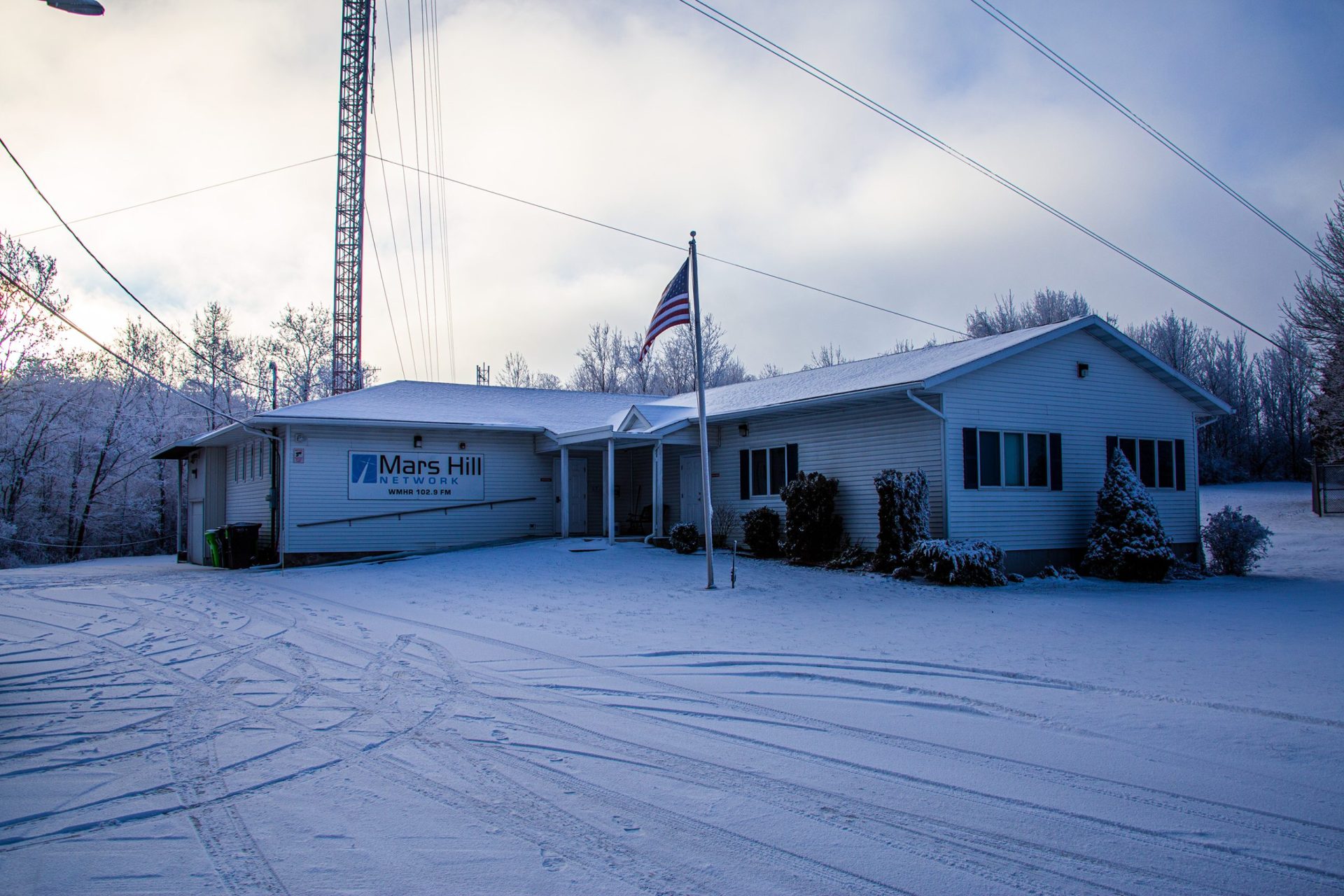Takeaways from AP’s story about a Ferguson protester who became a prominent racial-justice activist
Written by on September 13, 2024
[[{“value”:”
After Michael Brown Jr. was killed by a police officer in Ferguson, Missouri, in 2014, several nationally prominent Black religious leaders arrived, thinking they could help lead the protest movement that had surfaced. But the religion-focused ideas they were proposing didn’t mesh with the energy and the pent-up frustrations of the mostly youthful protesters. To a large extent, their spiritual inspiration came from hip-hop music and African drums. One of those protesters, Brittany Packnett, was the daughter of a prominent Black pastor, and served as a translator — trying to bridge the disconnect.
___
At the time of Brown’s killing, she was living in greater St. Louis with her mother. Her father, the Rev. Ronald Barrington Packnett, had been senior pastor of St. Louis’ historic Central Baptist Church. He died in 1996, at the age of 45, when Brittany was 12.
The daughter — now married and named Brittany Packnett-Cunningham — became a leader of the protests that flared after Brown’s death.
Earlier, she had enrolled at Washington University in St. Louis, and after graduation joined Teach for America.
She felt she was doing good work, but not her best work. “I was coming of age and trying to figure out what I believe,” she said. When Brown was killed, she found herself feeling like a little girl again, and she went on to become a national leader in the movement for police accountability and racial justice.
Britany’s rise to prominence reflected the promise and power of the ministry of her father, whose organizing and activism in the 1980s and ’90s also extended into the street.
He organized the St. Louis community in the wake of the Rodney King verdict, when four Los Angeles police officers were acquitted of the brutal beating of a Black man. He defied the religious establishment when he committed to attending the Louis Farrakhan-led Million Man March in 1994, when that kind of activity was frowned upon in the circles that Packnett used to run in.
In 1982, Packnett was named to the executive board of the 7-million-member National Baptist Convention — a key post from which to push for a more socially aware and dynamic version of the country’s largest Black denomination.
“I tell people that I was really raised in this tradition,” his daughter told The Associated Press. “The formal politics, the informal politics, boardroom presence, speaking at the high-level institutions, the street work, the protests, the community building.”
The events in Ferguson marked a new phase in the fight for racial justice. For the first time, a mass protest movement for justice for a single victim was born organically, and not convened by members of the clergy or centered in the church.
Many of the participants were unchurched, and tension boiled over numerous times as prominent clergy and the hip-hop community encountered contrasting receptions after converging on Ferguson. It demonstrated how the 40-year-old musical genre had joined, and in some cases supplanted, the Black Church as the conscience of young Black America.
Packnett-Cunningham brought to the social-justice movement a uniquely prophetic voice deeply influenced by the cadences, rhymes and beats of hip-hop. It was a legacy from the early days of her father’s ministry, when the hip-hop group Grandmaster Flash and the Furious Five depicted the deterioration of Black communities and the horrors of police brutality.
___
Associated Press religion coverage receives support through the AP’s collaboration with The Conversation US, with funding from Lilly Endowment Inc. The AP is solely responsible for this content.
Brought to you by www.srnnews.com“}]]





